Published Articles
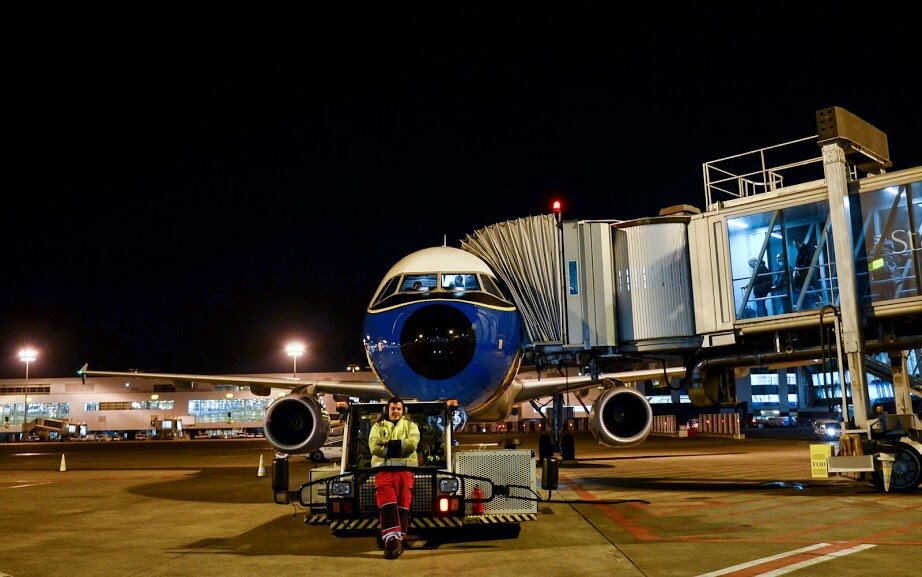
Beirut-Rafic Hariri Airport: What You Need to Know
As the Phoenix dies and rises from its ashes, so have the beautiful and vibrant city of Beirut and its airport: Beirut-Rafic Hariri International Airport.
Beirut, the Lebanese capital, one of the oldest cities in the world, lies on the eastern shore of the Mediterranean Sea, at the crossroad between the Occident and the Levant. Despite being destroyed and rebuilt 7 times over its lifetime of 5000 years, it remains a vibrant, multicultural, flamboyant city that has defied earthquakes, invasions and wars, and rebuilt itself again from its ashes.
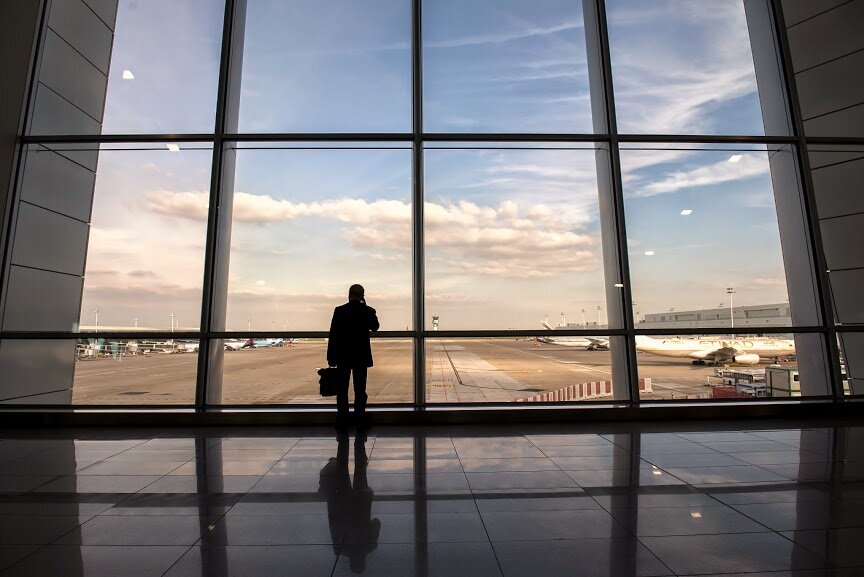
Australia Airports Build: The Other End of the Line
The focus of post 2 of this series was the pressure currently being placed on the Brisbane Airport in Australia, in part, from a type of mining operation known as FIFO. Obviously, for the FIFO concept to work there need to be airports at the other end of the sector and that is the topic of this post.
As introduced, FIFO (Fly-In-Fly-Out) is a resourcing tool for remote and regional mine sites to staff their operations from larger population bases and locations offering a better lifestyle.
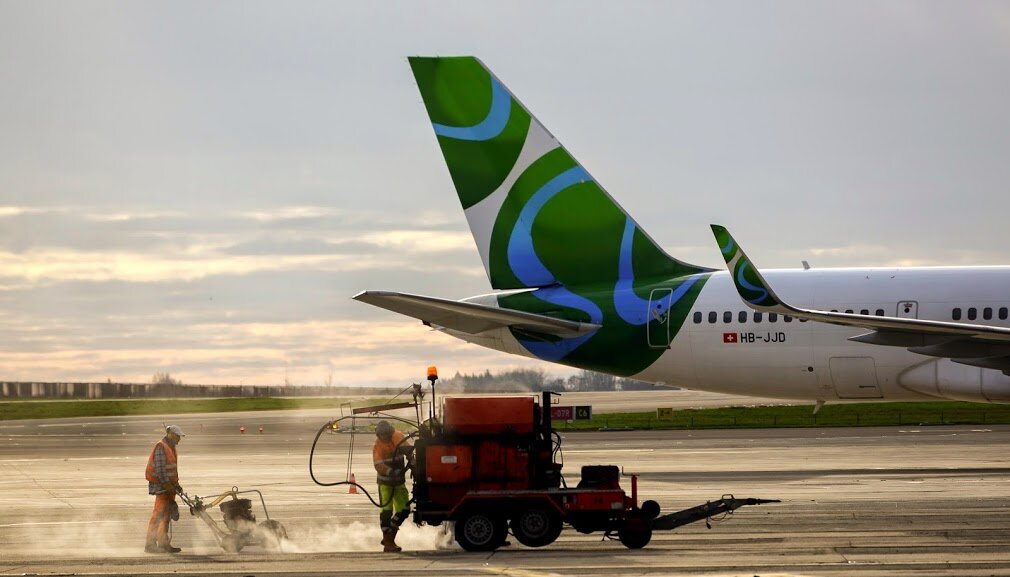
Beijing New Airports
China is now renowned for building hundreds of airports throughout the country. Having 90% of the Chinese population living less than 100 km from an airport by 2020 is one of the many ambitious targets found in the government's five-year plan. We covered these in our first article China Airports Build. Also mentioned are China's three megalopolis of Shanghai, Guangzhou, and Beijing which account for one third of the country's air passenger traffic. These cities already have well-developed air transport systems serving roughly the three cities' 60 million inhabitants. Yet, Beijing’s Capital Airport (BCIA), the second busiest airport in the world, has exceeded its capacity while handling 83.7 million passengers in 2013.

Indonesia Airports Build: Overcrowding
Indonesia’s 230 airports are as active as the ones serving its capital, and sadly busy in the same proportions. The 25 Indonesian airports managed by state-owned company PT Angkasa Pur (which includes the country’s busiest such as Surabaya, Jakarta, Makassar and Bali Denpasar) handled 111 million passengers in 2010, although their combined capacity barely reached 58 million.Bali airport is running at twice its capacity but the in progress-expansion will make it ready to handle 20 million passengers in 2017 – versus 14 in 2012. That would make it ready to cope with the growing traffic until 2017, officials said. The capital of Sumatra North Medan also saw its situation changing for the best in 2013 when its new Kuala Nanu International Airport finally opened. The former Polonia airport closed last July while it was handling 8 million passengers for a capacity limited to 1. Indonesian airlines did not wait long before jumping on it, mainly for its most valuable asset: room.
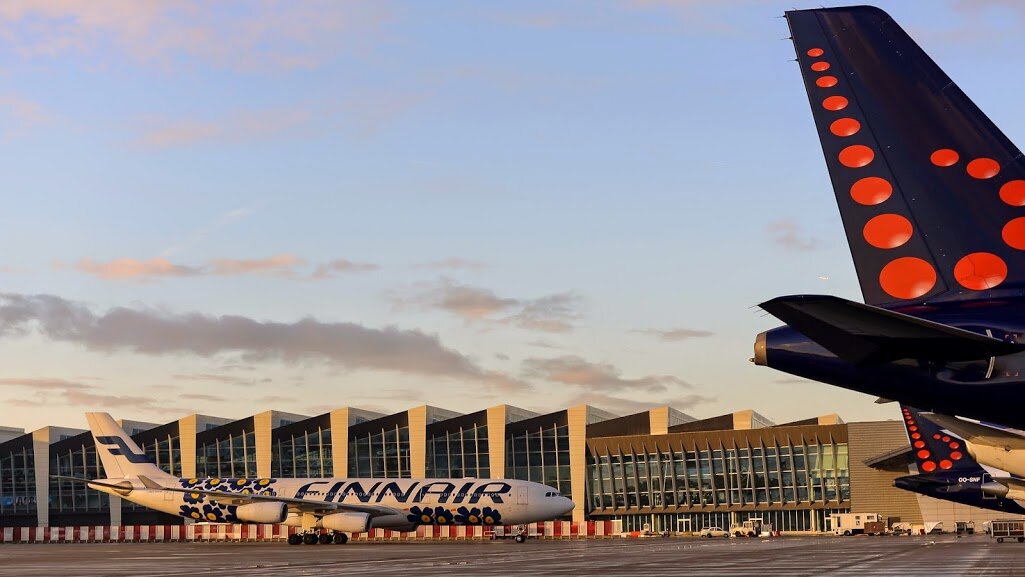
Indonesia Airports Build: Jakarta Airport Failure
In Indonesia, it’s too late. After years of governmental inaction, the country’s airports are heavily saturated, and expansion plans will not be enough. Airlines are still growing fast, trapping Indonesia in a vicious circle.The economy is booming on this tiny archipelago of 17000 islands. Air transport is nothing less than the only solution, and fast-competing airlines brought domestic air traffic's growth to a whopping 20% in 2012. While some emerging countries manage growth well, others don’t.
Behind the amazing success of booming airlines, another reality comes up: Jakarta's Soekarno-Hatta International Airport. It handled 58 million passengers in 2012, but it was only designed for 22 million passengers. This represents a 163% overcapacity that as you will see, sums up pretty well the situation of airports in Indonesia.
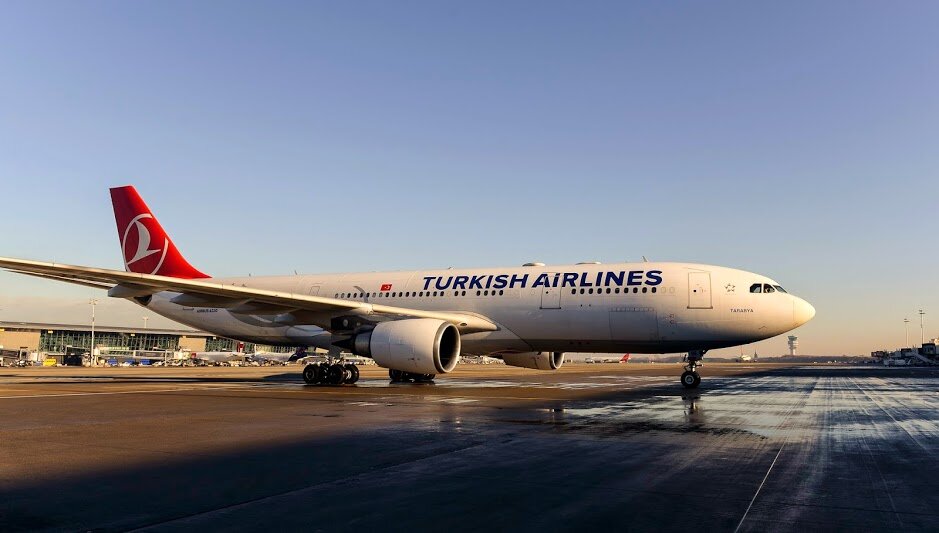
Turkey Airports Build: Tackling Demand
This is part 2 in a 2-part series on Turkey airports build. In part 1, we looked at the current state of airports in Turkey.Istanbul's new airport is without any doubt more than a plan to solve Ataturk’s current saturation. The mega project ”won't only meet Turkey's needs, but also be a hub for all the traffic from west to east, east to west, from Africa to Europe”, Turkey’s transport minister said. Validated in 2013, the construction of the first phase should start this year and be achieved in 2016, to be able to handle 100 million passengers per year at that time.

Turkey Airports Build: Demand Surge
We hear a lot less about the aviation in Turkey than in many other countries and even though Turkish Airlines ordered several hundred Boeing and Airbus jets last year, the huge orders of the gulf carriers quickly took the headlines, again. And when it comes to growth figures, we hear a lot more about Asian countries.
Istanbul is planning to build the biggest airport in the world, but most keep in mind Dubai or Beijing airport development plans. Now, what if the aviation market in Turkey was even more impressive than that?
